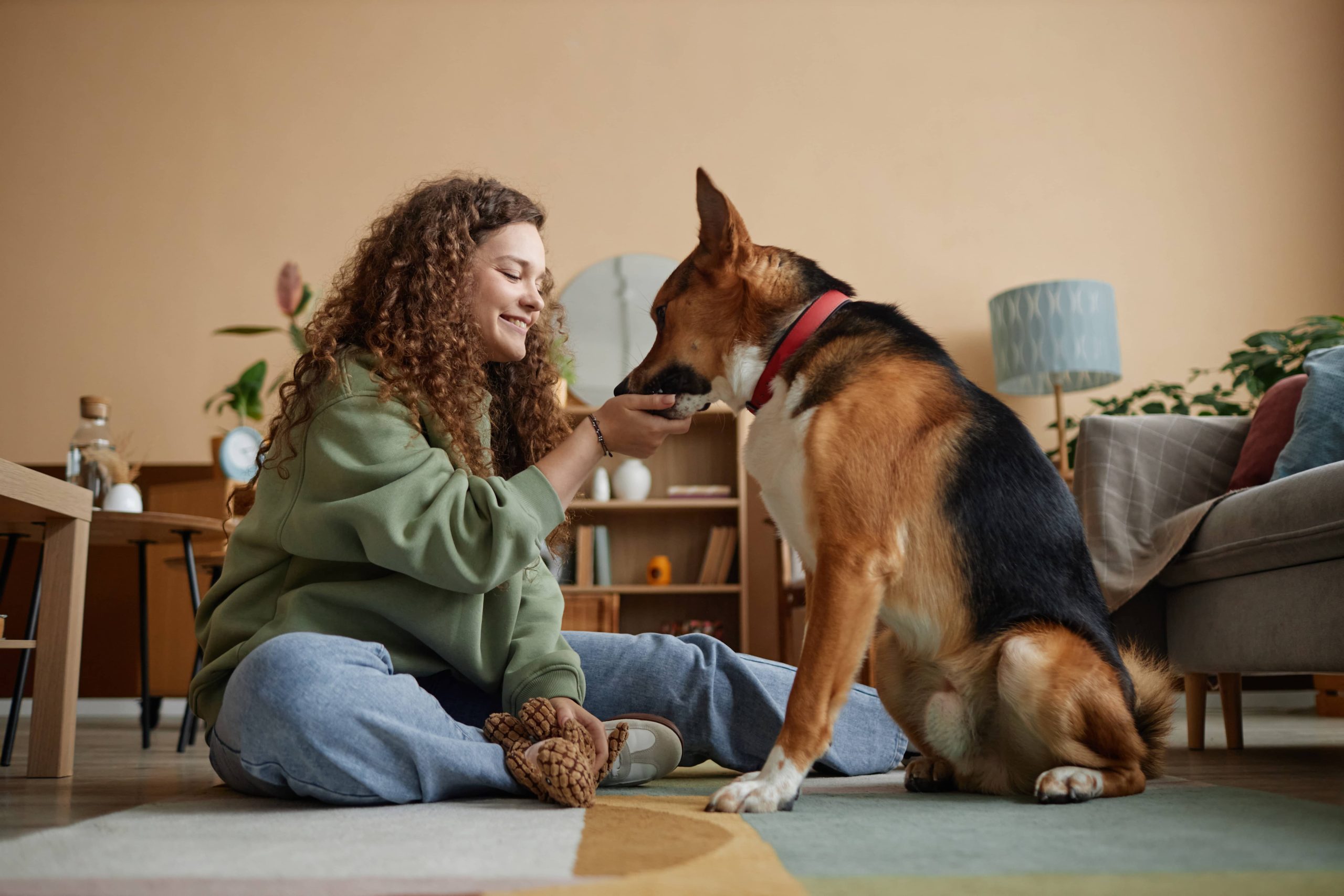
Walking your dog should be a joyful and enriching experience for both of you. Yet, many dog owners find this activity stressful due to excessive pulling. A dog that constantly pulls on the leash not only makes the walk unpleasant but can also injure themselves or their owner. Fortunately, with patience and the right techniques, you can teach your dog to walk calmly on a leash without pulling. In this blog post, we’ll explore effective strategies to turn your walks into harmonious excursions.
Understanding Why Dogs Pull
Before diving into training techniques, it’s essential to understand why dogs pull on the leash in the first place. Dogs pull because they are excited and eager to explore their surroundings. The world is full of enticing scents, sights, and sounds. When they pull and you follow, it reinforces that pulling gets them where they want to go. This learned behavior occurs because dogs quickly figure out that pulling can lead to more forward movement.
The Right Equipment
Having the correct equipment can make a significant difference in managing and training your dog. Here are a few recommendations:
1. Harness: A front-clip harness is usually more effective than a collar. Harnesses distribute pressure across a dog’s body rather than concentrating it around the neck, reducing the risk of injury and providing you with better control.
2. Leash: Choose a leash that is about 4-6 feet. Retractable leashes are not recommended as they can encourage pulling and reduce your control.
3. Training Treats: Keep high-value treats at hand. These will be essential for positive reinforcement during training sessions.
Basic Training Strategies
Consistency, patience, and positive reinforcement are critical to teaching your dog to walk without pulling. Here’s a step-by-step guide to get you started:
1. Start Indoors or in a Controlled Environment
Begin your training in a low-distraction environment like your home or backyard. This allows your dog to focus on you without the added excitement of the outdoors. Practice walking on a leash inside, rewarding your dog for walking calmly beside you.
2. Introduce the Leash Slowly
If your dog is not accustomed to wearing a leash, let them get used to it gradually. Allow your dog to sniff and explore the leash, attaching it to their collar or harness for short periods while indoors. Reward them with treats to create a positive association.
3. Teach the “Heel” Command
The “heel” command teaches your dog to walk beside you, matching your pace. Here’s how to train it:
– Hold a treat in your left hand with your dog on the same side.
– Allow the treat to hover just above your dog’s nose to keep their attention.
– Start walking, and use the command “heel.”
– Reward your dog with the treat when they walk beside you without pulling.
Consistency is crucial. Practice short sessions daily, gradually increasing the duration as your dog improves.
4. Use Positive Reinforcement
Positive reinforcement is one of the most effective ways to teach your dog. Reward your dog with treats, praise, or a favorite toy when they walk beside you without pulling. This reinforcement helps them understand that staying close to you leads to positive outcomes.
5. Stop and Go Technique
When your dog starts to pull, stop walking immediately. Stand still and don’t move until your dog’s attention is back on you, and the leash slackens. This teaches your dog that pulling does not lead to forward movement. Once the leash is slack, resume walking. If your dog pulls again, repeat the process.
6. Change Direction
If your dog pulls ahead, change direction suddenly. This unpredictable movement helps your dog focus on you and your pace. Praise and reward your dog when they follow you.
7. The No-Pull Harness
A no-pull harness, such as front-clip harnesses, can be very effective. When your dog pulls, the harness redirects their movement towards you rather than allowing them to surge forward.
Outdoor Training
Once your dog has mastered walking calmly in a controlled environment, it’s time to move outdoors. Keep these additional tips in mind:
1. Stay Calm and Patient
Outdoor walks present many distractions. Your dog might regress initially. Stay patient and maintain your training routine.
2. Start with Short Walks
Begin with short walks in less crowded areas. Gradually increase the walk’s length and complexity as your dog becomes more reliable.
3. Be Consistent
Consistency is the key to effective training. Ensure every family member who walks the dog follows the same techniques. Mixed signals can confuse your dog and retard progress.
Advanced Tips and Tricks
1. Training Classes
Enrolling your dog in a professional training class provides additional support and guidance. Trainers can offer personalized tips based on your dog’s behavior and your needs.
2. Mental Stimulation
A mentally stimulated dog is less likely to pull. Interactive toys, puzzle feeders, and training exercises can help expend excess energy, making walks calmer.
3. Engage Your Dog’s Mind During Walks
Incorporate obedience commands and tricks during walks. Periodically ask your dog to sit, stay, or perform a trick. This keeps their mind engaged and strengthens your bond.
Conclusion
Teaching your dog to walk on a leash without pulling is a journey that requires patience, persistence, and a positive attitude. Understanding your dog’s natural instincts, using the right equipment, and employing effective training techniques can transform your walks into enjoyable experiences. Remember, the goal is to make walking a pleasant activity for both of you, enriching your bond and maintaining a healthy, well-exercised pet.
Happy walking!






